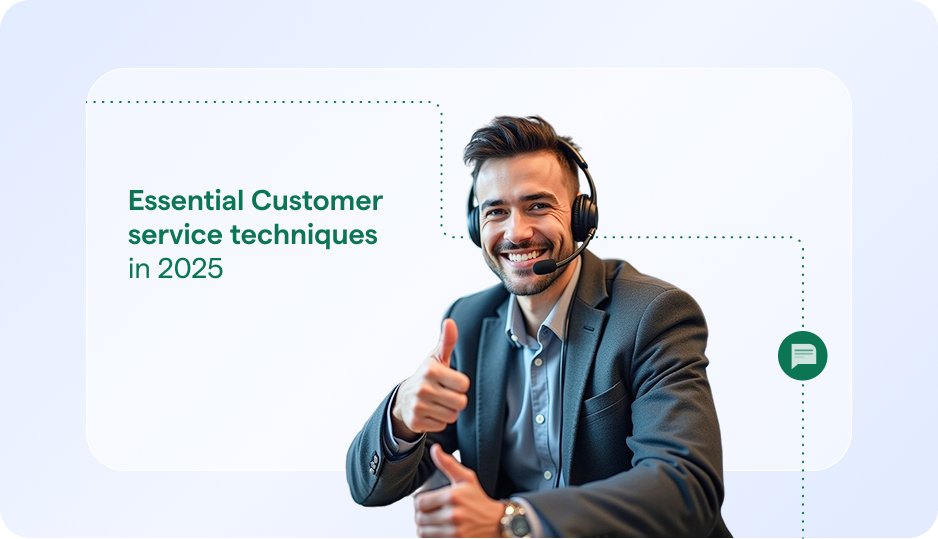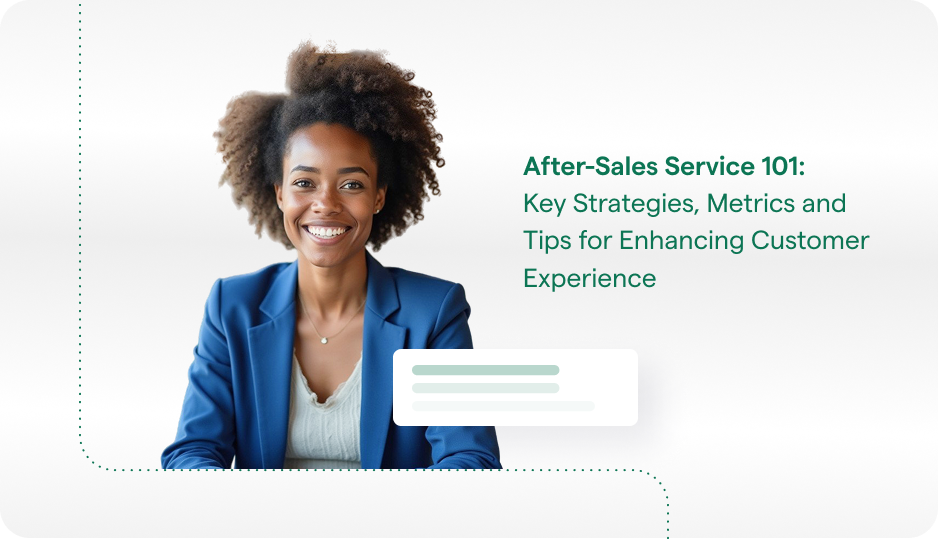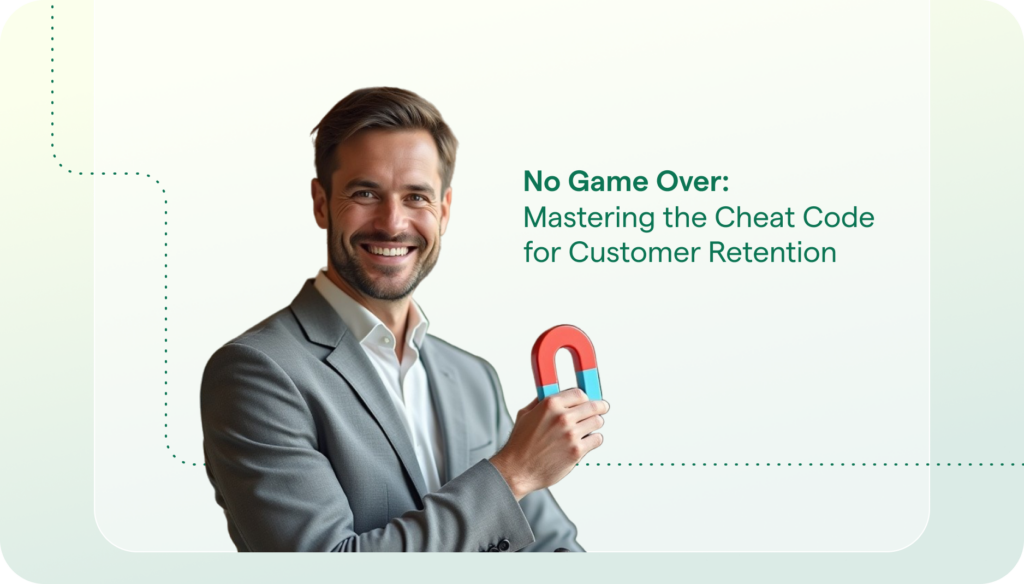The term ‘sales funnel’ is widely used in sales and marketing. It describes the journey that customers take from the point that they first stumble upon a company, to the completion of a purchase. The journey ordinarily comprises several different steps, but the length and complexity of a typical sales funnel will vary from company to company.
Sales funnels should be carefully monitored and managed to ensure that teams are doing all they can to avoid potential sales being lost along the way. If a sales funnel isn’t fully understood, a business of course risks the loss of a sale. But it may also suffer from other missed opportunities such as the potential to upsell and cross-sell different product ranges.
With good management, sales funnels can be used to dramatically improve sales figures, while also boosting retention rates by providing a great customer experience. Read on to learn more about the stages of a sales funnel, and find out how you can build a sales funnel of your own.
The Sales Funnel Stages
Sales funnels move through a series of different stages. Take a look at some of the most important stages of the sales funnel to see why they matter so much when it comes to securing a sale.
Awareness
The awareness stage refers to the point at which a customer first notices a product or business. They might have heard about a brand from someone they know, or they may have spotted an advertisement on social media, for example. Either way, they’re now aware of the products being sold by a business. Therefore, they’ve taken their first step along the sales funnel. It’s now down to the business to spark their interest, stopping them from dropping off the funnel before they’ve seriously considered making a purchase.
Interest/Consideration
The interest stage occurs shortly after the initial awareness stage. It’s when customers will start to think about whether or not they’re interested in purchasing one of the products a business offers. At this point, customers might start researching products in more detail, asking questions, or evaluating different products being promoted by competitor brands.
There are two main types of lead that are often talked about in the context of this stage. They are MQLs (Marketing Qualified Leads) and SQLs (Sales Qualified Leads). The first, a Marketing Qualified Lead, is someone who has become interested in a product as the result of marketing strategies. A Sales Qualified Lead is a prospect that has moved on from this point, and is now in a position to be persuaded to make a purchase, with the help of a company’s sales team.
Decision
As potential customers reach the decision stage, they’ll become more interested in the information a company is able to provide. They’ll be researching the pros and cons of different product ranges, looking into pricing in greater detail, and thinking carefully about their potential purchase before committing. Sales teams should be on hand to provide any information customers might need, whether that be through a simple conversation, or by directing customers to webinars, demos or tutorials.
Action
The final stage of the sales funnel is known as the action. At this point, a customer will decide whether or not to make a purchase. While many customers will end their journey here, this doesn’t necessarily mean that they’re entirely lost to the company. In fact, many customers tend to bear products in mind and may well return to make a purchase once they’ve had longer to think about their decision.
How To Build a Sales Funnel
Build a sales funnel to take more customers through from the initial awareness stage, right through to the checkout page. Here’s how to do it.
- Attract leads: Start by thinking of new ways to attract potential customers. You could create a landing page to entice them, invite potential customers to join a webinar, or offer a free ebook in return for a registration. Once you’ve tempted your target audience to sign up, you’ll be able to start nurturing these new leads.
- Nurture: Now you’ll want to move potential leads from the awareness stage to the interest and decision stages. This is done through nurturing. Use your content to build on their awareness, keep reminding them of your products through email marketing campaigns and make sure you’re doing everything you can to pique their interest.
- Demonstrate your value: If potential prospects are still moving along your sales funnel, they’ll seriously be considering making a purchase. So now’s the time to demonstrate your value. Show potential customers what your company could do for them by offering them a free trial or a demo. You could even try to tempt them with a special promotion or exclusive discount.
- Build on relationships after close: Whether a customer decides to make a purchase or not, there’s still more to do. If a customer does purchase, it’ll be time to think about follow-up communication, including introductions to other product ranges, loyalty schemes or offers on repeat purchases. Even if they haven’t purchased anything, they’ll remain an important lead. Continue to nurture these potential customers as they may soon be back to find out more.
How Helpshift Supports The Sales Funnel
It may not seem like it at first, but customer service can and does play a vital role within the sales funnel. Customer service is the frontier of your business where customers will have a direct line of communication with your company. A bad experience can thus make or break a future sale – so it’s important to get right.
Helpshift provides customer support software designed to solve customer problems quickly and effectively. With it, businesses can provide a far better standard of customer service, improving retention and facilitating the long-term nurturing of all prospects. Using AI-powered features like automated bot and conversational help technology, streamlined support ticketing and automatic issue routing, customer service teams are receiving the tools they need to provide faster issue resolutions. This is then feeding back into overall customer satisfaction, helping businesses to retail older customers and gain newer ones.
If you’d like to learn more about how Helpshift can support the sales funnel don’t hesitate to contact our team and arrange a demo.
Additional Resources
Product: Conversational Help
Product: Automated Helpbots
Glossary: What is Customer Acquisition?
Glossary: What is Customer Onboarding?



